These are collections of photographs of my beloved Pakistan from 1900 to 1947. These photos were collected from various web sites, to create a collection for my friends and family.
I like to see a man proud of the place in which he Lives.
I like to see a man live so that his place will be proud of him.
~Abraham Lincoln
I like to see a man proud of the place in which he Lives.
I like to see a man live so that his place will be proud of him.
~Abraham Lincoln
  
Next to the bridge flows a pipeline that carries natural gas to the people of the NWFP. Attock Fort belongs to the Pakistani Army.
The bridge over the Indus River at Attock is the gateway to the North-West Frontier from the Punjab. This thin row of boats on the Grand
Trunk Road from Calcutta to Kabul was a vital artery for British forces during their invasion of the area and later campaigns in Afghanistan( Alexander used a similar bridge in 328 B.C.E.).
The sprawling fort on the Punjab side was built by the Mughal Emperor Akbar in 1581 support his own wars in Afghanistan. Famous Hindu mathematician Panini was born in Attock in 520 BC.

The men carefully placed along the road also add to the information being conveyed by the shot. The road is a portion of the Grand Trunk Road.
Today, the foreground area is one of the busiest traffic intersections in peshwer
 
Khyber Pass NWFP 1878 .
The real Passage to India. This photo shows a British camp. This is where Pakistan stopped the expansionist aspirations of USSR that ultimately led to her end.  From the very first days of British rule in Peshawar, the troops were looking for another location to escape the heat, disease and dangers of the Frontier capital. Murree seemed like the perfect choice. Nearly 200 miles away, high on a hillside spur at the edge of the Himalayas, was founded in 1851 to restore the health of troops n Peshawar. The name Murree apparently comes from the word marhi, a place at a high altitude, in a local dialect. It is still said that the East India Company bought the land that comprised Murree for Rs. 50 from a local rajah. The rajah, who could not tolerate what he considered to be lack of modesty on the part of the foreign invader, gave half the money back to the British officer and requested him to buy enough cloth to cover the face and legs of his wife. The following decade brought boom years to Murree. Officers and bureaucrats built rambling Victorian mansions on hillsides culled from forests. Murree became the summer headquarters of the Punjab government in Lahore for five months each year, offering bands, theatre and sport to its residents. The prizewinning Murree Brewery opened. Local affairs were controlled by a handful of civil officials, officers from the Bengal Staff Corps, church associates and merchants; many of them would intermarry. 
Lahore Fort, 1864
This photograph was taken from the steps of Badshahi Mosque and shows the square and pavilion in front of the main gate of Lahore Fort. The garden in front of the gates is Huzuri Bagh,
Royal Gardens. The beautiful marble pavilion was built by Ranjit Singh from materials stripped from the Mughal tombs of Emperor Jehanghir and his brother-in-law Asaf Khan in Shahdara on
Lahore's outskirts. Ranjit Singh used to hold kutcheri, court, in this pavilion, which had underground rooms to escape the heat. He used the mosque facing the fort as an ammunition store.
 The Badshahi Mosque, built by Mughal Emperor Aurangzeb in 1674, was until recently the largest in the world. Next to it is the tomb of Maharajah Ranjit Singh.
Although unfinished at the time of the British takeover, the tomb was completed under Sir Henry Lawrence as a goodwill gesture. In the foreground of the photograph is the naulakha,
a marble pavilion, constructed during Aurangzeb's reign. The name refers to Rs. 900,000, or nine lakh rupees, which was the amount spent to construct the delicate
marble building complete with inlaid flowers and precious stones. It is adjacent to Shish Mahal, Palace of Mirrors, located inside the fort and from where this photograph was taken.
 Jehangir is the only Mughal emperor buried in Lahore, which together with Srinagar was his favourite residence. When he died in 1627 Rajaori, Kashmir, his body was taken to Lahore.
His favourite wife, Jehan designed and built his tomb, a prime example of the classic Indo-Mughal style: perfect proportions, lattice marble windows, red and white sandstone and tile work.
She and her brother Asaf Khan buried near Jehangir. She chose a much simpler but still elegant verson of Jehangir's tomb for herself.
 The Punjab Exhibition marked the transition from Mughal to British Lahore. It was meant to begin the process of reconciliation in the Punjab after the war of 1857.
Manufactured goods and handicrafts from all over the province and the rest of India were put on display. Over 1,000 people per day came to the building during the first
months of the exhibition. Originally intended as a temporary structure, the building remained in use, housing the Lahore Museum until 1890. In the 1870s 1880s the museum's curator
was J. Lockwood Kipling, Rudyard ing's father. In Kim this building was the model for the Aijaib Ghar, house of Wonders.
 Halfway down on the other end of the Mall stood Montgomery and Lawrence halls. The larger former building faced the Mall on the edge of what became the
12-acre Lawrence Gardens, known as "the Kensington Gardens of Lahore.The funds for the smaller Henry Lawrence Hall came from public subscriptions raised in 1861-62 in his memory.
The building itself was opened in December 1864. Lawrence Hall was the centre of colonial public life in Lahore; the main public building was used for concerts,
theatricals and "other entertainments" like magic lantern exhibitions, Minstrels, the Great Australian Circus and variety groups were regular visitors.
 Lahore- Badshahi Mosque 1864 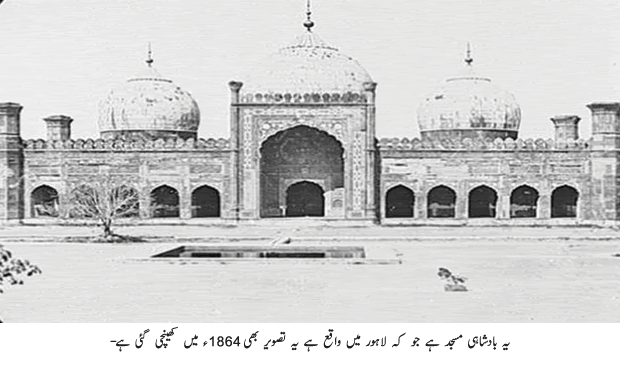 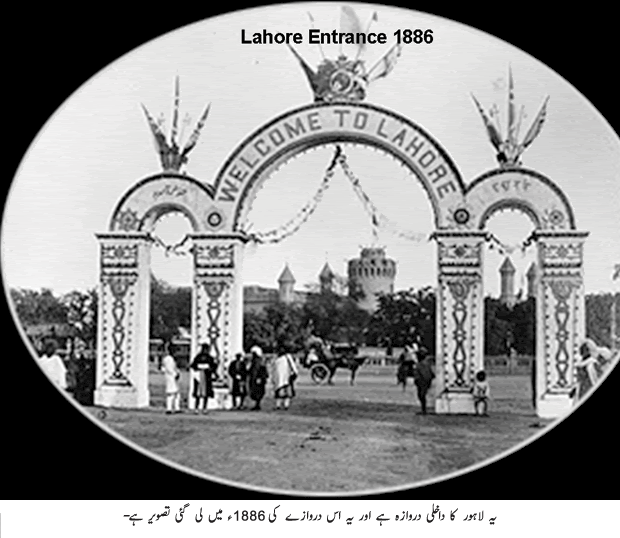 Lahore Entrance 1886  Lahore Power Plant 1886 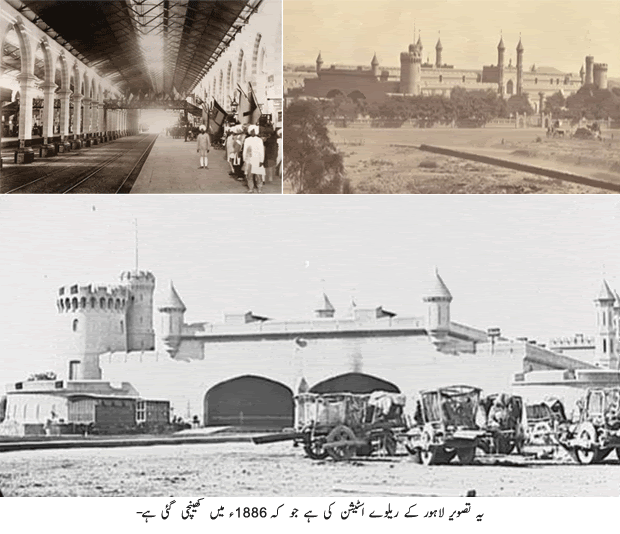 Lahore Railway Station 1886 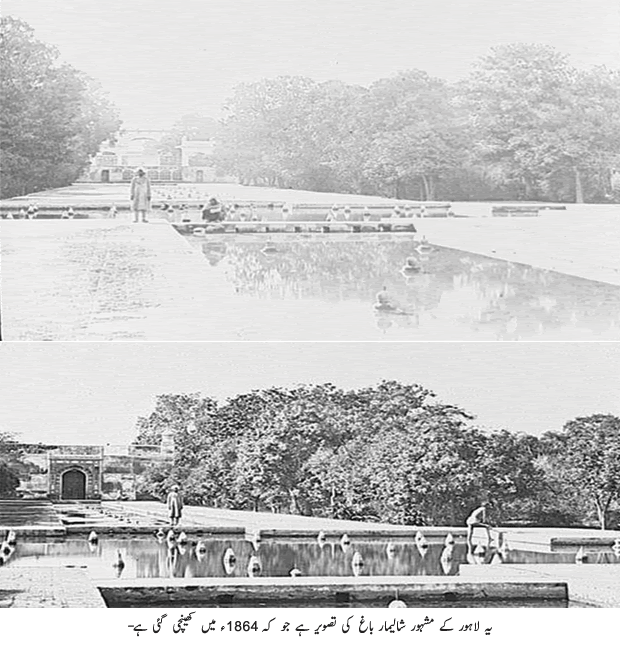 Lahore- Shalimar Bagh 1864  Lahore- view from The Fort 1864 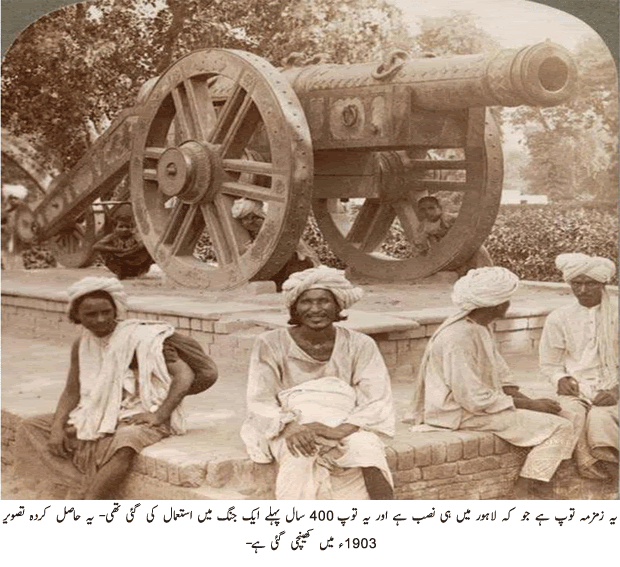 Lahore- Zamzama Gun 1903 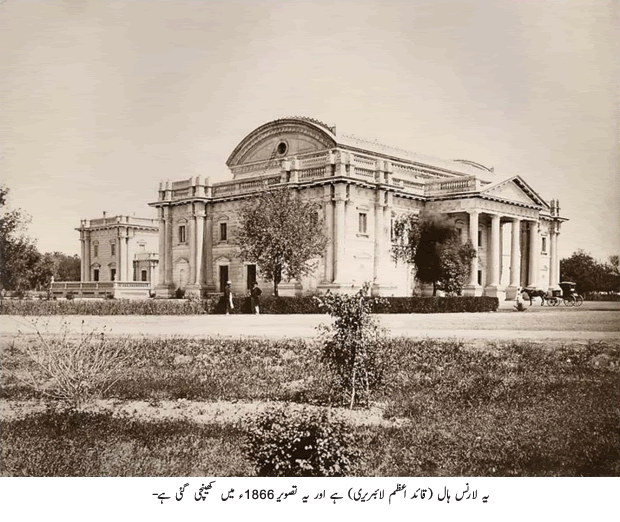 Lawrence Hall (Quaid-e-Azam Library) Lahore 1866  Inner Lahore 1924 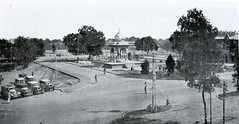 Charing Cross Mall Road Lahore 1930's  Muree Mall Road 1861 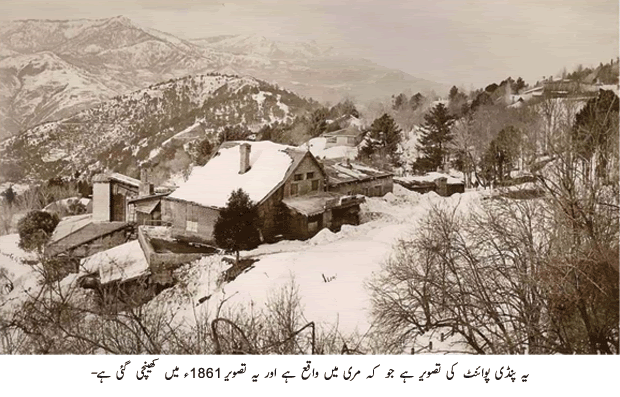 Pindi Point 1861 (Muree)  Pindi Station 1885 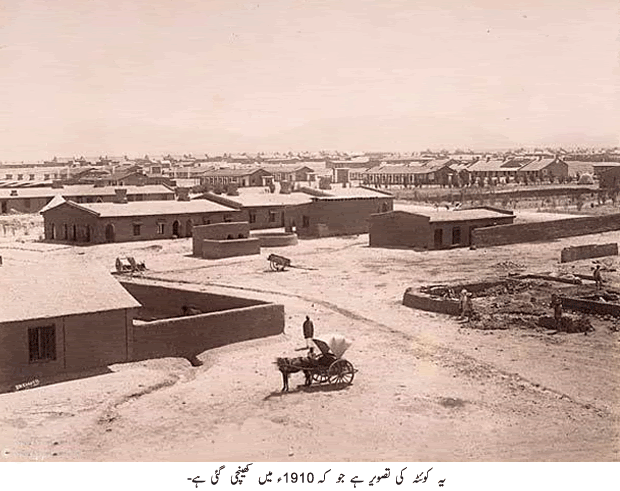 Quetta City In 1910  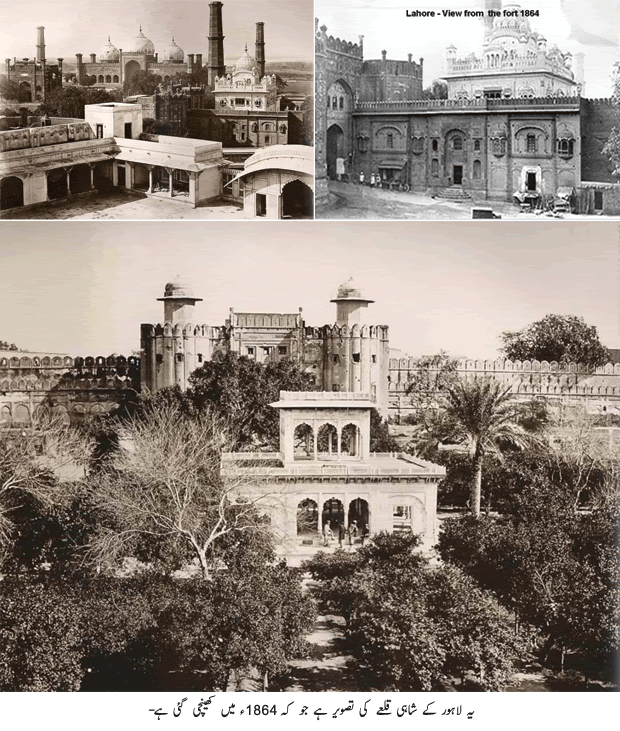 
The Walled City of Lahore, also known as the "Old City," or "Anderoon Shehr and has 13 gates.
The origins of the original Lahore are unspecific. According to carbon dating evidence of archaeological findings in the Lahore Fort,the time period may start as early as 2,000 B.C.E. 1) Sheranwala GateIt is also known as " Khiziri gate ", the river in former times followed by the city walls and the ferry was near this part. The gate was, therefore, named as Khiziri after the name of Khizz Elias, the patron saint according to the Mohammedan belief. Ranjit Singh kept here two domesticated lions in a cage, and the gate came to be called as " Sheranwala gate" Or " Lion's gate" . 2) Kashmiri Gate The kashmiri gate, so named, because it faces the direction   ![[IMG]](http://i54.tinypic.com/295cv86.jpg) LAHORE 1908 View on approaching Lahore from West - 1908 [Badshahi Masjid can clearly be seen]. ![[IMG]](http://i56.tinypic.com/30u5kk8.jpg) Kabul River, Peshawar - 1878. Lohari Gate of Lahore, A Rare Image.  A rare image of Lahori Gate, one of the 13 gates of Lahore. It was taken by an unknown photographer in 1900.Posted by: Shiraz Hassan  part of the Bellew Collection of Architectural Views. The Gateway of the Four Minarets or Chauburji was once the entrance to one of Lahore’s many pleasure gardens.   ![[IMG]](http://i53.tinypic.com/rkpuz6.jpg)  High Court Lahore. The Mall. Circa 1900. Taken from the Anglican Cathedral Grounds 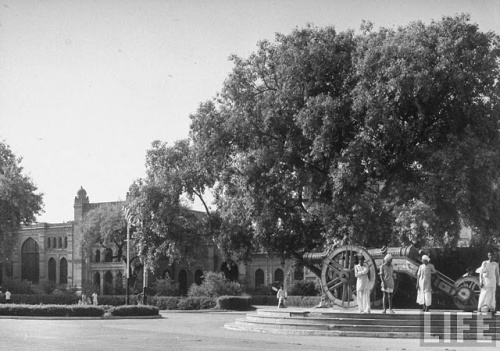 BOYS PLAYING ATOP AN OLD MILITARY CANNON BUILT IN 1761 WHICH STANDS ON THE GROUNDS OF THE JUBILEE MUSEUM & TECHNICAL INSTITUTE, PRINCE ALBERT MEMORIAL MUSEUM – LAHORE 1946 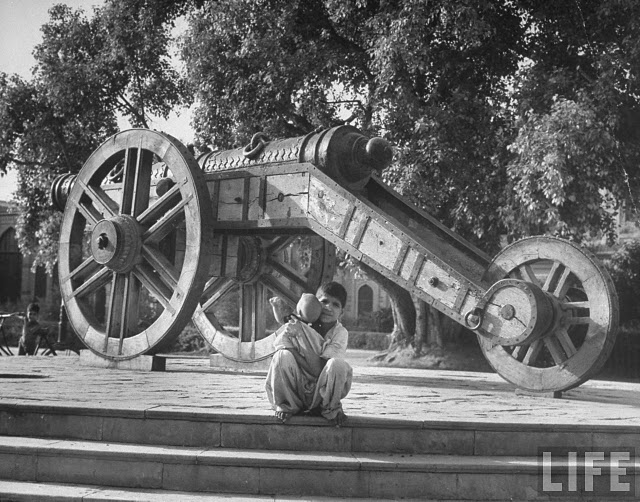  .jpg) Government College University of Lahore 1880s  Tollington Market, Lahore. 1864. 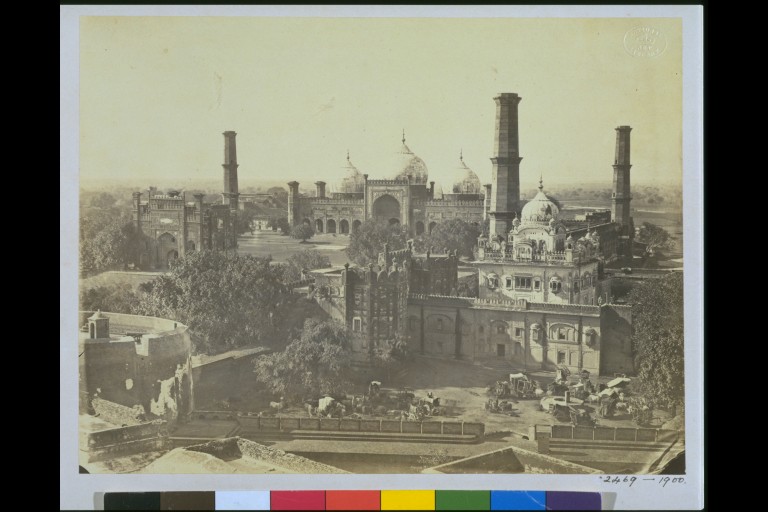  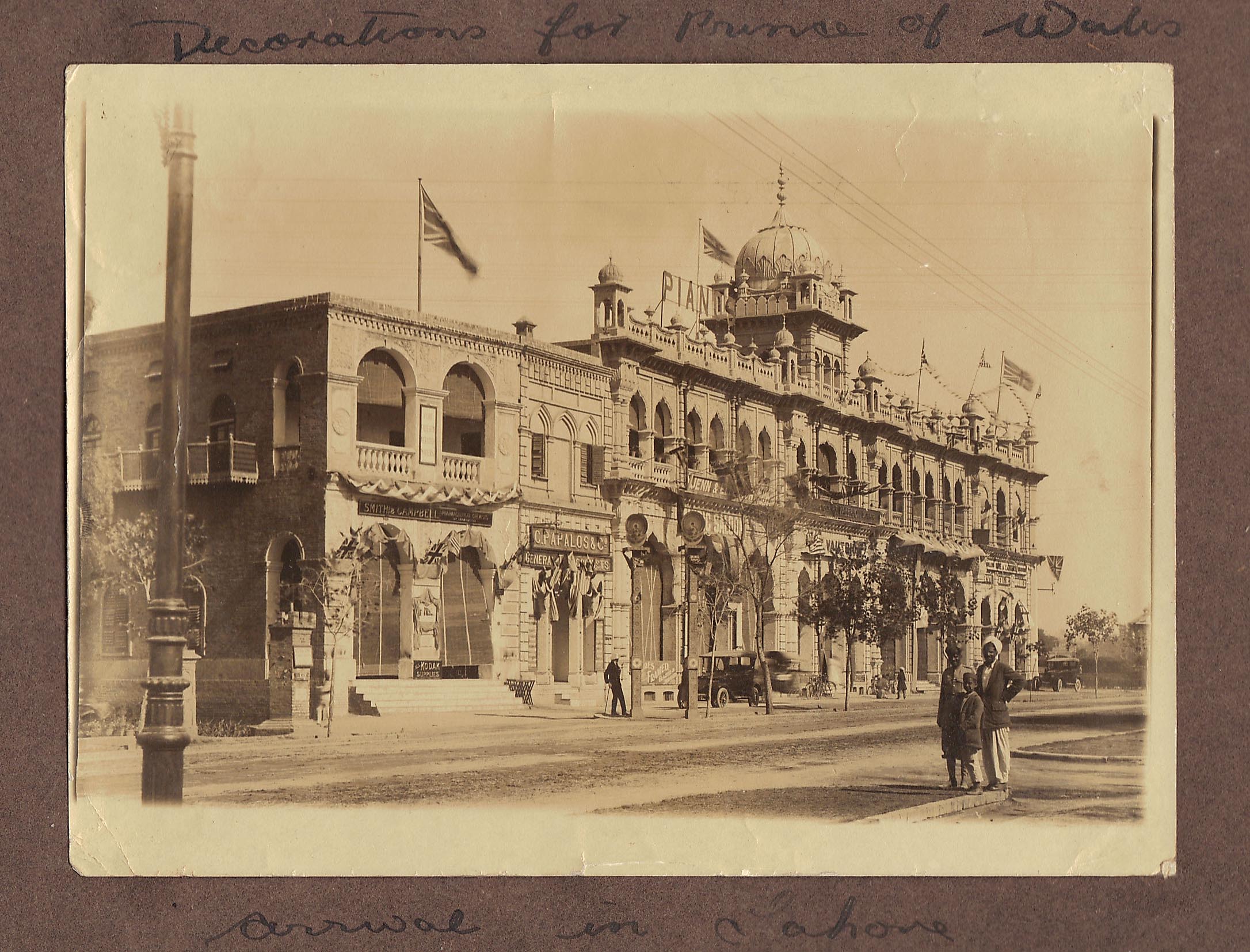 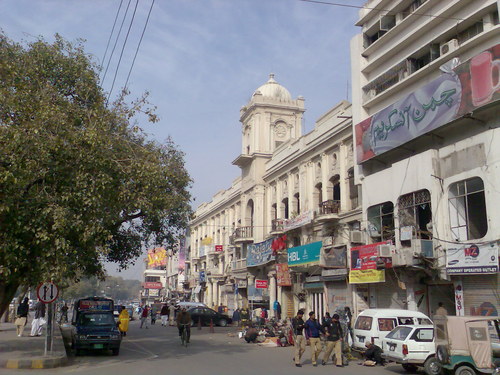 ![[IMG]](http://i56.tinypic.com/2uqm2s6.jpg)
Temple at Hurripore [Hazara District] Small shrine at Haripur, North West Frontier Province,
taken by an unknown photographer in the 1860s.
This temple has two cat-like stone figures guarding the steps.
The town of Haripur was founded in 1822 by Sardar Hari Singh, the Sikh Governor of Hazara.
It became the headquarters of the Haripur tehsil of the Hazara District after annexation.
 Quetta - The military station was designed by Sir Hugh Barnes in 1881 and laid out on systematic lines of which broad axial roads were a predominant feature.  Education at it's best. Look at the map on the wall! ![[IMG]](http://i52.tinypic.com/23lbf5v.jpg) Ziarat - 1881. ![[IMG]](http://i56.tinypic.com/29v0y9c.jpg) Captain Mackenzie's house at Abbottabad. KARACHI ![[IMG]](http://i52.tinypic.com/105z1wm.jpg) Photograph with a view looking over the houses of the town towards the Baluch Lines of the Karachi Cantonment,
taken by an unknown photographer, c.1900, from an album of 46 prints titled 'Karachi Views'.
 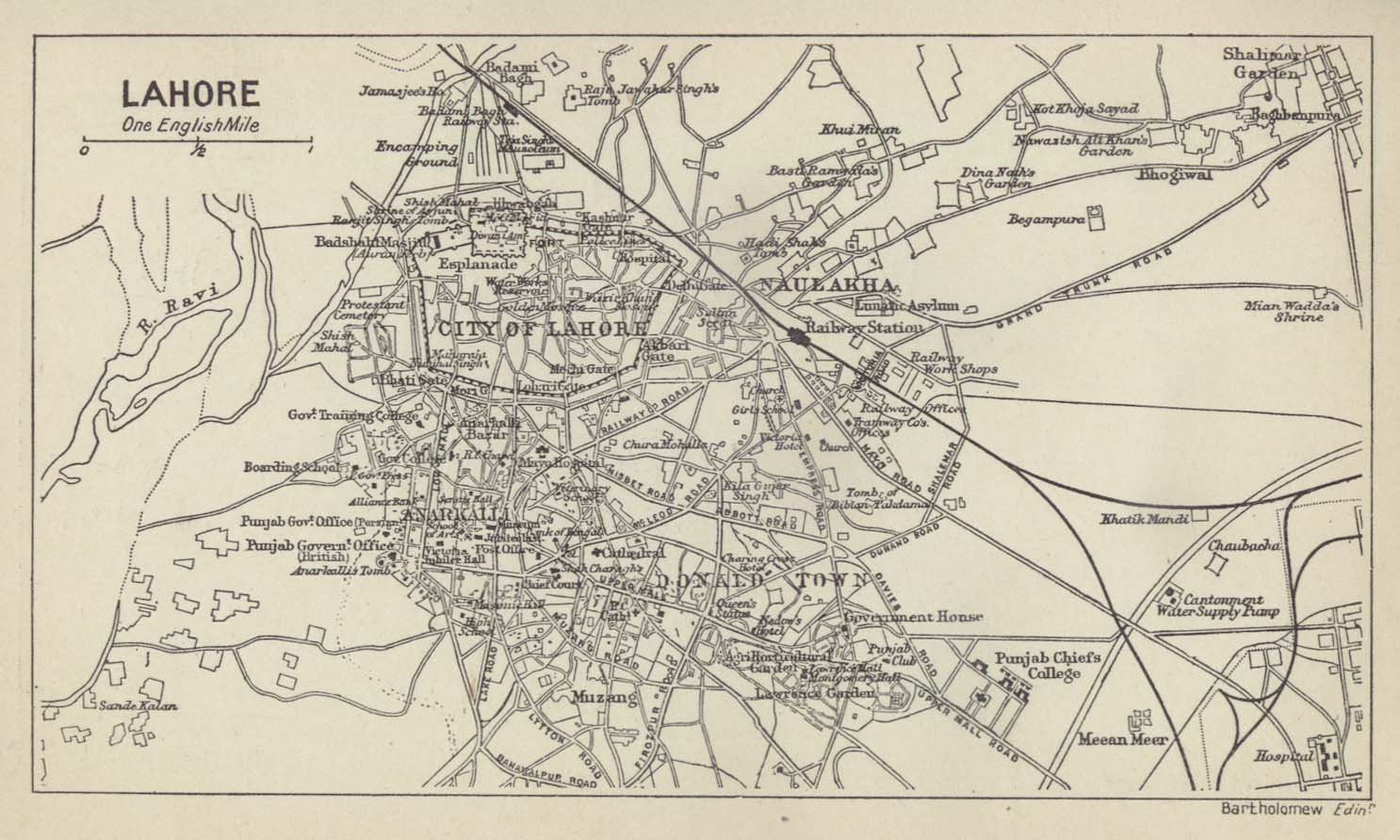
Lahore Canal
![[IMG]](http://farm5.static.flickr.com/4090/4964769655_4a8945fdc2_b.jpg) ![[IMG]](http://i51.tinypic.com/6tel95.jpg)  Punjabi Public Library in Lahore from the 'Bellew Collection, 1870' ![[IMG]](http://i54.tinypic.com/2hs6bsn.jpg) ![[IMG]](http://farm3.static.flickr.com/2435/3907067775_52ec95a0c9_z.jpg?zz=1) ![[IMG]](http://i55.tinypic.com/sfuhqg.jpg) ![[IMG]](http://i55.tinypic.com/j9332s.jpg) azaar street at Shikarpur in Sindh, taken by an unknown photographer in the 1890s. The mud daub roof, supported on a wooden framework, is largely collapsed. The historic town of Shikarpur, founded in the 17th century, was once an important trading centre. Due to its strategic location on the caravan routes of the 17th century, Shikarpur became the greatest commercial city in Sindh. Its merchants and bankers held commercial relations with all the principal markets of Central Asia, including Khorasan, Bukhara and Samarkand. Commercial cities of the Muslim world were known for their central covered bazaars and Shikarpur was no exception, its bazaar, lined with shops mostly run by Hindu merchants, ran through the centre of the old city, which is now much decayed. ![[IMG]](http://i54.tinypic.com/2v7wh0x.jpg) whilst travelling through the North West Frontier Province. ![[IMG]](http://i52.tinypic.com/2mfayhd.jpg) ![[IMG]](http://i54.tinypic.com/euee6c.jpg) The Modern Pakistan of July 1947. ![[IMG]](http://i54.tinypic.com/vqt8c1.jpg) ![[IMG]](http://i55.tinypic.com/334pwgg.jpg) Jahangir's Tomb, Shahadara - 1849. This view shows the tomb and surrounding gardens of the Mughal emperor Jahangir (1605-1627) at Shahdara in the 1870s. Mughal royalty and their courtiers built pleasure gardens and palaces on the right bank of the River Ravi at Shahdara opposite the major city of Lahore. At the outset of the reign of Jahangir’s son, Shah Jahan, in 1627 the emphasis changed to funerary architectural projects of which this is one. Set in formal gardens originally built by Jahangir’s wife, Nur Jahan, the tomb is faced in red sandstone inlaid with coloured marbles whilst inside the mausoleum walls are covered in colourful floral murals. The surviving marble cenotaph of Jahangir is decorated with inlaid gemstones in floral motifs and calligraphic passages giving the ninety-nine names of Allah. 
The Tomb of Anarkali in Lahore from the ‘Bellew Collection: Photograph album of Surgeon-General Henry Walter Bellew’ taken by George Craddock in the 1870s.
Lahore is the capital of the Punjab province in Pakistan. This region has been ruled by the Ghaznavids, the Delhi Sultanate, the Mughals, the Sikhs and the British. The Tomb of Anarkali probably dates from the rule of the Mughal Emperor Jahangir (1605-1627). In 1851, it was converted into a church by the British. In this view, we can see that there is a Christian cross surmounting the dome of the structure. ![[IMG]](http://i51.tinypic.com/im80md.jpg) ![[IMG]](http://i52.tinypic.com/2w37ucz.jpg)
Wazir Khan's Mosque in Lahore - 1880.
  Murree bazaar after the Fire of 1875   Rawalpindi Railway Station Year 1900  Fawara Chowk many Years ago Rawalpindi 
Mall Road Rawalpindi 1920
Jamrud Fort was built by the Sikh governor of Peshawar, Hari Singh, in 1836. After the British occupied it, they used it to mount campaigns in the Frontier and Afghanistan and designated it a toll collection point for the Khyber Pass. In 1878 the Khyber Rifles militia wa raised to protect British troops on the Frontier and Jamrud Fort became its headquarters. 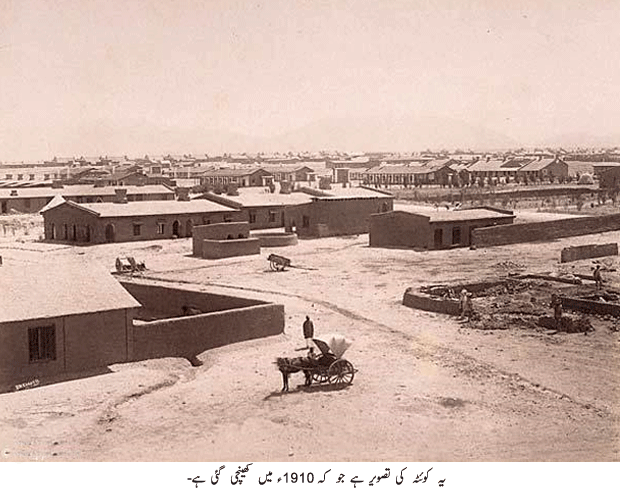 Quetta City In 1910 --------------------------------------------------------------------------------------------- Lahore Pakistan before 1900, Rare Paintings Lahore before 1900: Rare pictures  1889 OPEN AIR RESTAURANT AT LAHORE WEEKS PARIS PRINT  GOVERNMENT COLLEGE ORIENTAL LAHORE PUNJAUB SENATE 1883  from an RARE issue 1874 THE PICTORIAL WORLD THESE WOOD ENGRAVINGS FROM SKETCHES, OR EARLY PHOTOGRAPHS WOULD MAKE . LAHORE RAILWAY SATATION ERLIAR PIC  1846 PHULLOOR FERRY SUTLEJ LOODIANAH LAHORE  1864 PUNJAUB EXHIBITION ARTS INDUSTRY LAHORE BUILDING Now Tolinton Markit mall Road Lahore  1866 MONTGOMERY MEMORIAL BUILDING LAHORE Now JINAH GARDEN LAHORE  1869 GOVERNMENT HOUSE LAHORE PUNJAUB NOW GOVERNER HOUSE 
................Maps and Partition..................
World 1772      The central theme ever present in Beaumont 's historic paperwork is that Mountbatten not only bent the rules when it came to partition -
he also bent the border in India 's favour.
The documents repeatedly allege that Mountbatten put pressure on Radcliffe to alter the boundary in India 's favour. On one occasion, he complains that he was "deftly excluded" from a lunch between the pair in which a substantial tract of Muslim-majority territory
- which should have gone to Pakistan - was instead ceded to India .
Beaumont 's papers say that the incident brought "grave discredit on both men". Punjab 'disaster' But Beaumont - who later in life was a circuit judge in the UK - is most scathing about how partition affected the Punjab ,
which was split between India and Pakistan .
 Signing away eastern Punjab  Signing of Partition of Pakistan    trains to their promised new home.            Massive population exchanges occurred between the two newly-formed nations in the months immediately following Partition. Once the lines were established, about 14.5 million people crossed the borders to what they hoped was the relative safety of religious majority. Based on 1951 Census of displaced persons, 7,226,000 Muslims went to Pakistan from India while 7,249,000 Hindus and Sikhs moved to India from Pakistan immediately after partition. About 11.2 million or 78% of the population transfer took place in the west, with Punjab accounting for most of it; 5.3 million Muslims moved from India to West Punjab in Pakistan, 3.4 million Hindus and Sikhs moved from Pakistan to East Punjab in India; elsewhere in the west 1.2 million moved in each direction to and from Sind.  A refugee train on its way to Punjab, Pakistan  Photo of a railway station in Punjab. Many people abandoned their fixed assets and crossed newly formed borders.     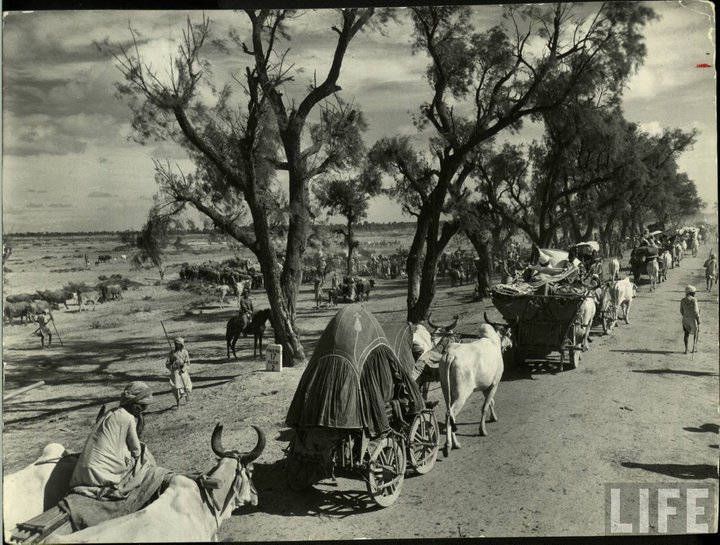  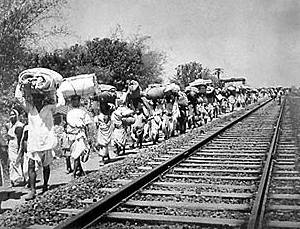   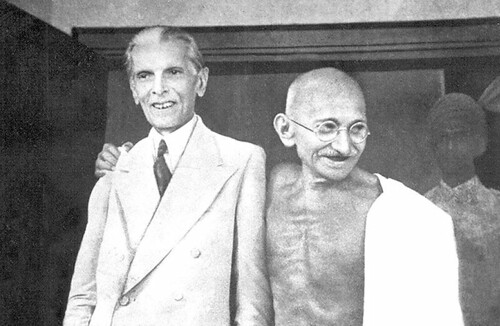  Dec 25, 1876: Born at Karachi 1882: Education started at home July 4, 1887: Admitted to Sind Madrasatul Islam, Karachi 1892: Married Emibai at the age of 16 1892: Left Karachi for Europe 1896: Returned to Karachi from London 1900: Appointed Presidency Magistrate, Bombay 1906: Appointed Personal Secretary to Dadabhoy Naoroji 1909: Elected to the Supreme Imperial Council uncontested 1910: Elected to the Legislative Assembly, Bombay 1913: Joined All-India Muslim League Dec 1916: Presided over the All-India Muslim League Lucknow session; Lucknow Pact signed Apr 18, 1918: Married Rattenbai at Calcutta Aug 15, 1919: Daughter (Dina) born 1919: Resigned from the Imperial Legislative Council as a protest against Rowlatt Act Oct 3, 1920: Resigned from Home Rule League 1920: Resigned from the Congress on differences with Gandhi 1922: Participated in All Parties Conference in Bombay as one of the three Secretaries 1923: Elected to the Imperial Legislative Council from Bombay 1924: Preside over the All-India Muslim League session in Lahore 1927: Boycotted the Simon Commission. 1928: Rattenabi died Dec 1928: Attended National Convention at Calcutta Jan 1929: Jinnah's amendments to Nehru Report rejected Mar 1929: All-India Muslim League rejects Nehru Report at its Delhi session 1929: Jinnah presented his Fourteen Points 1930: Attended Round Table Conference in London 1931: Stayed on in England; gave up political activities temporarily Apr 1934: Returned to India, got actively engaged in politics 1934: Again elected to the Central Legislative Assembly 1934: Elected Permanent President of the All-India Muslim League 1934: Elected leader of the Independent Party in the Assembly 1935: Government of India Act, 1935 passed 1935: Jinnah-Rajendra Prasad Formula 1936: Constituted All-India Muslim League Central Parliamentary Board to fight elections under 1935 Act 1937: Provincial elections under the 193 Act July 1937: Congress forms Ministries in six provinces; Congress raj begins Oct 1937: Jinnah presides over League session at Lucknow. All India Muslim League turned into a mass organisation and complete independence adopted as goal. Apr 1938: Presides over Special League Session at Calcutta Dec 1938: Presides over League Session at Patna 1939: Demands Royal Commission to inquire into Muslim grievances under Congress rule Dec 22, 1939: Day of Deliverance observed (on exit of Congress Ministries) Mar23, 1940: Historic Lahore Resolution passed July 26, 1943: Rejected Rajagopalachariya formula Dec 24, 1943: Presided over All-India Muslim League's Karachi Session. Toured the subcontinent like a storm Sept 1944: Jinnah-Gandhi Talks 1945: Participated in Simla Conference. Elected to Central Legislative Assembly Jan11, 1946: All-India Muslim League sweeps the polls in Muslim constituencies; Victory Day Apr 4, 1946: Meeting with Cabinet Mission Apr 9, 1946: Called a convention of All Muslim members of the Central and Provincial Assemblies at Delhi May 16, 1946: Cabinet Mission Plan announced June 1946: League accepts Cabinet Mission Plan. League also accepts Short-term (Interim Government) Plan. July 1946: Conditional acceptance of Cabinet Mission Plan by Congress. Congress rejects Short-Term Plan. Viceory's volte face on the formation of Interim Government. All-India Muslim League withdraws earlier acceptance, rejects Cabinet Mission Plan and announces boycott of Constituent Assembly. Called upon Members to renounce all British titles and honours in protest against British attitude towards Muslims and decides to launch Direct Action to wrest Pakistan Aug 16, 1946: Direct Action Day Oct 25, 1946: All-India Muslim League agrees to participate in the Interim Government Dec 2, 1946: Reached London on invitation from Secretary of State Dec 6, 1946: British Government's clarification upholds League's viewpoint on Cabinet Mission Plan Feb 20, 1947: Prime Minister Attlee announces that the British would relinquish power in India by June 1948 June 3, 1947: Plan envisaging partition of India and establishment of Pakistan announced. Jinnah's historic broadcast accepting the Plan July, 1947: Indian Independence Act passed by British Parliament Aug 7, 1947: Left Delhi for Karachi by air Aug 11, 1947: Elected President of Pakistan Constituent Assembly. Presidential address in the Constituent Assembly. Title of 'Quaid-i-Azam' conferred on him Aug 14, 1947: Pakistan comes into being; the Quaid-i-Azam sworn in as the first Governor General Oct 1947: Set up Headquarters at Lahore to supervise settlement of refugees in the Punjab. Dec 25, 1947: First official birthday July 1, 1948: Inaugurated State Bank of Pakistan; gave a call for involving a new economic system July 14, 1948: Left Karachi again for rest at Ziarat Aug 14, 1948: First Independence Day; last message to the nation Sept 11, 1948: Returned to Karachi from Ziarat; Breathed his last Quaid-e-Azam Mohammad Ali Jinnah, founder of the Islamic Republic of Pakistan was diagonosed with Tuberculosis in the 1940s. He hid his disease Jinnah at a glance Quaid-e-Azam Muhammad Ali Jinnah’s famous Urdu speech where he said, ” Musalman musibat mai ghabrya nahi karte”. Listen carefully to this historic speech which motivated millions of newly emerged nation. t. .     Quaid and Ghandi Quaid-e-Azam Passport  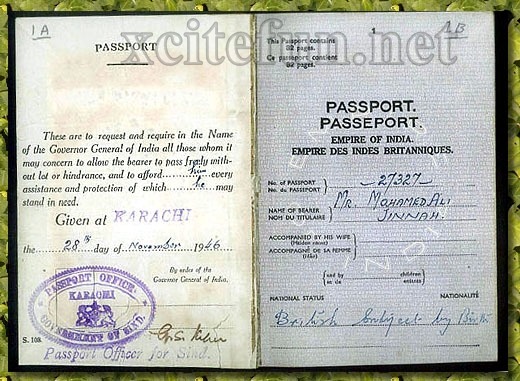 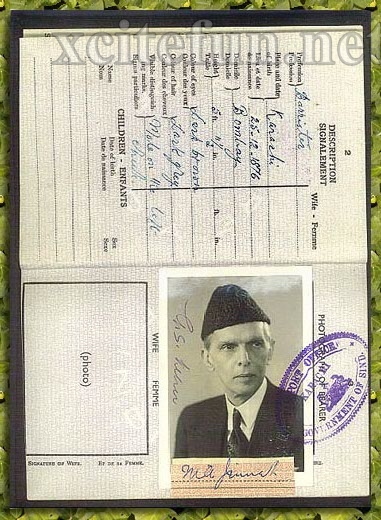 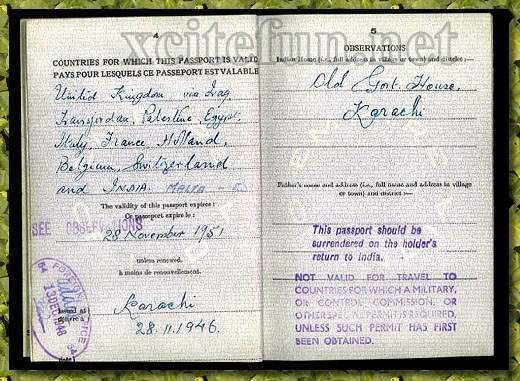 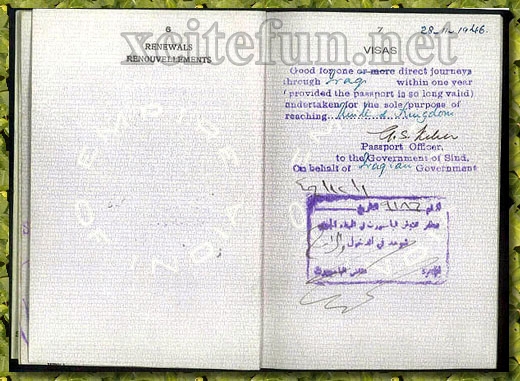 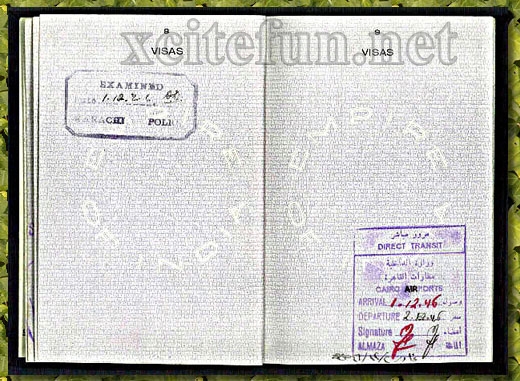 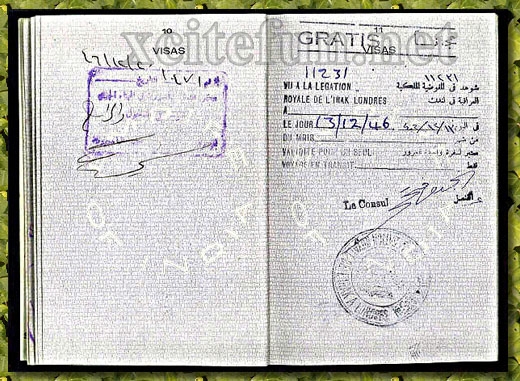 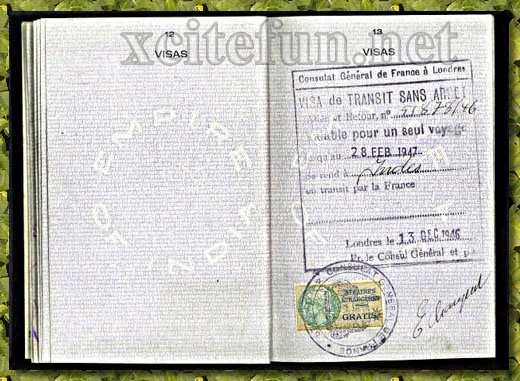 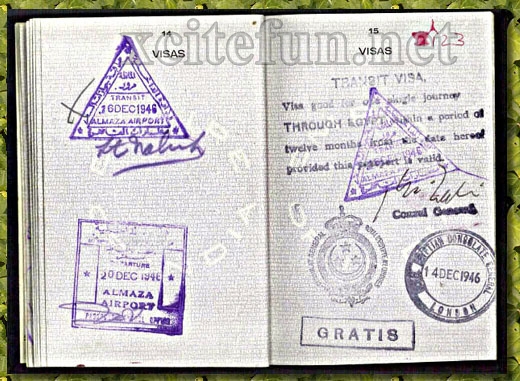 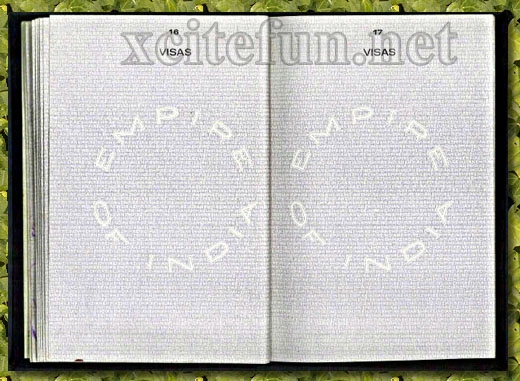 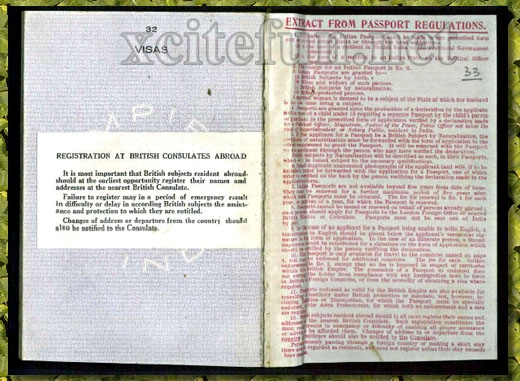 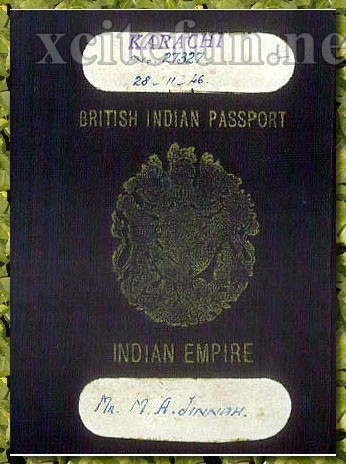 BY ASRA AFTAB · JANUARY 4, 2012 · 9 COMMENTS AND 7 REACTIONSHEADLINE, THE JINNAH ARTICLES · TAGGED: CONGRESS, INDEPENDENT, INDIA,MUHAMMAD ALI JINNAH, MUSLIM LEAGUE, PAKISTAN, PICTURE, QUAID-E-A  Quaid-e-Azam Muhammad Ali Jinnah, the man who laid the foundations of the Islamic Republic of Pakistan, was born on December 25, 1876 at Vazeer Mansion located in Karachi. He was a visionary who was gifted with immense leadership skills and possessed the potential to become the guide of his generation and many more to come. His leadership qualities outshone throughout his academic and professional life and became an integral part of his persona. Wazir Mansion, birthplace of Quaid-e-Azam Muhammad Ali Jinnah located at Kharadar, Karachi.  Quaid-e-Azam with Bucha Muslim League Council Members. Jinnah took keen interest in the establishment governing India and its legal and political affairs, focusing more on the empowerment of Indian youth. He staunchly believed that instigating positive behavioral change amongst the youth of the country will result in a more united and disciplined nation. He was keen to address the issues faced by the youth of the country and strived hard to resolve them. In 1906, during the Calcutta session of the Indian National Congress, Jinnah formally decided to enter the Indian politics. Indian National Congress was the party which called for the dominion status of Combined India, later on giving rise to the ideology of an independent Muslim state. Four years after 1906 session, Jinnah was elected to the Imperial Legislative council where he started his long and distinguished career as a parliamentarian. Jinnah was immensely inspired and influenced by the Indian nationalists and strived hard to alleviate the status of India and its citizens across the globe. He stressed upon the Indian brotherhood and vocally expressed his thoughts for the welfare of Indians, specifically the students of India.  Quaid-e-Azam visiting the Sindh Madrasah High School in June 1943. Jinnah acquired his initial education at home and enrolled at Sindh Madrasah High School in 1887, before he left for England for further studies. Law was one of his best suits, leading him to join Lincoln’s Inn in London. During this period, Jinnah suffered traumatic setbacks in his personal life and was left bereaved at the loss of his mother and wife, whom he married at an early age. Nevertheless, his passion for bar and legal fraternity, gave him the courage to complete his formal education and helped him in formulating the basic analysis on the British legal system, giving him an opportunity to frequent the House of Commons.  Quaid-i-Azam addressing a gathering at the Badshahi Mosque in Lahore in 1936. Initially, Jinnah was uncertain of the ideology of two nation theory proposed by Allama Muhammad Iqbal in 1930. However, later on he realised that formulation of a Muslim state is the only way forward in order to safeguard the sanctity of Muslims within the Southeast Asian region. He did not fear religious repercussions but he was gravely concerned about the reprehensible state of affairs, that he being a visionary could gather, which were bound to result in the deterioration of Muslim youth, by subjecting them to educational and professional inequality. In order to avoid this, he conducted a nation-wide campaign which was aimed to highlight the repercussions of a Combined India to his fellow Muslim politicians, hence creating one of the most powerful political parties in India known by the name of Muslim League.  Gandhi and Jinnah speaking in Mumbai, September, 1944.Jinnah preached his lesson and convinced more and more people to join his party and on March 23, 1940, his political party adopted a mandate to establish an independent state for the Muslim Indians in the region. This ideology was opposed by various political lobbies and Jinnah was considered a fierce competition for the politician of the likes of Jawaharlal Nehru and Mahatma Gandhi.  Quaid-e-Azam and Nawabzada Liaquat Ali Khan along with other Muslim League leaders arriving at the venue of the Pakistan Resolution Session at Lahore on March 23, 1940. Quaid-e-Azam speaking at the Independence Day dinner at the Governor-General’s House in Karachi of August 14, 1947.  Jinnah, was the first head of state and took oath as the governor general on August 15, 1947.  Quaid-e-Azam’s Mausoleum in Karachi, Pakistan.Jinnah worked until his last breath and finally succumbed to diseases and age on September 11, 1948. He was a true leader which is why he is still regarded as one of the best nationalist and political influencers, who reshaped the map of the world. —Dawn.com, Photos courtesy Dawn Library  http://www.oldmap.co.uk/maps.php http://www.imagesofasia.com/city/html/pakistan_Lahore_3.html http://www.jinnah.pk/tag/quaid-e-azam/ http://www.cybercity-online.net/quaid.htm http://www.jinnah.pk/2012/02/05/azaad-pakistan-episode-1/ http://interestingnewsfromallover.blogspot.com/2011/07/christopher-beaumont-1947-and-horror.html http://www.flickr.com/photos/lyallpur/page119/ 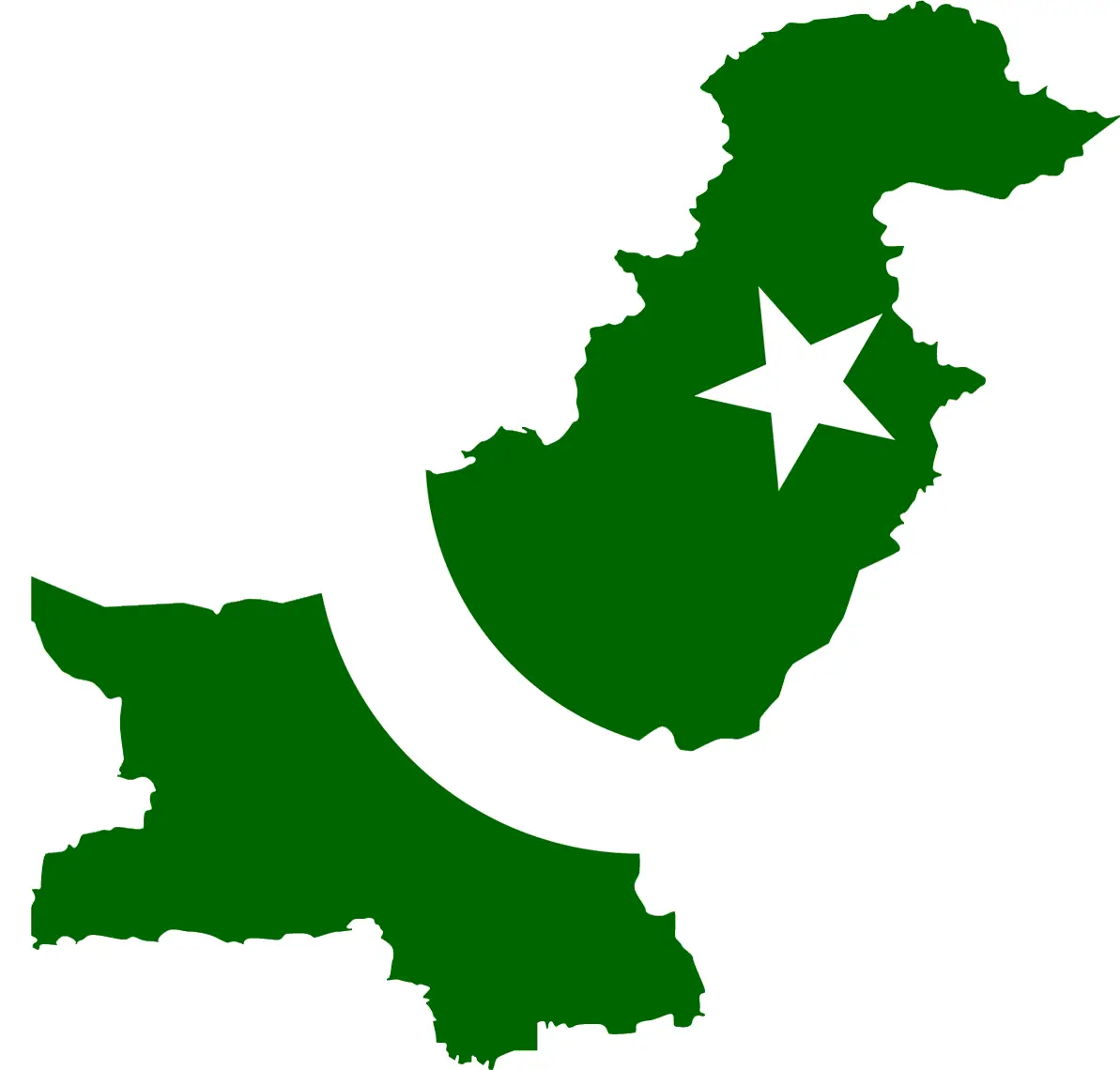 The area of Garhi Shahu in Lahore has many a fond memories for me because I spent my childhood running around in its small streets.
I recently found this wonderful article on Garhi Shahu written by Majid Sheikh in Dawn in 2002. This post is a blog version of that article,
adapted to a blog format and with some updates by me. dedicated to my love for "the land" i love to hate ... often unsuccessfully
by a lost child
I was born and raised in Garhi Shahu Lahore, Pakistan. I went to Allama Iqbal medical College, graduate of 1994 class, paid a fee of Rs 1500 a year. in the end was unable to serve the land which gave me so much. .... i selfishly left or was forced to leave ... depends on my feeling on any given day. In the end i was part of mega brain drain from Pakistan, 1800+ Physician in US (by APPNA), several thousand more in Canada, Ireland and UK. Is this serving any divine purpose or selfish stampede only time will tell. for now have to live with this periodic guilt. What have never change is my dislike of rulers, politician and bureaucracy of Pakistan which is reinforced on every visit. .. and the worst amongst you will inherit your world (rulers) ... (Al Quran 75:8-11). Now i reside in United States. Thank You Have a nice day SARFRAZ AHMAD  . |

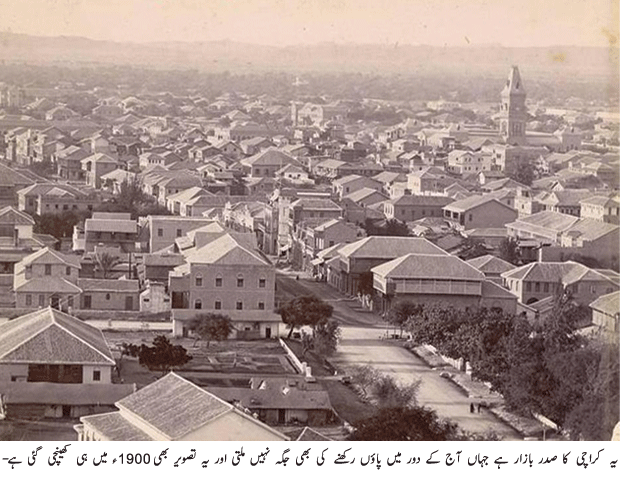

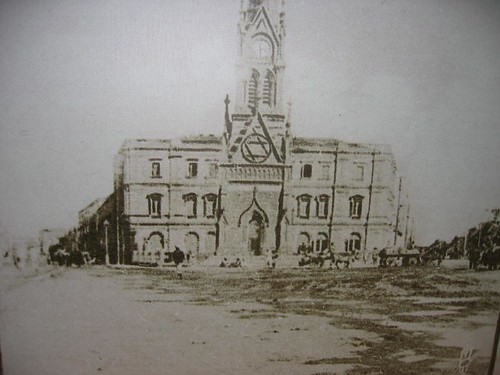

looks good
ReplyDeletebest record of pre-47 pakistan
ReplyDeleteexcellent work done by the blogger, appreciate the research and collection.
ReplyDeletelike it like any thing,,,great efforts,amazing
ReplyDeleteIt’s a masterpiece work. Reflects secreted love for land. Migration is one of the most difficult phenomenons to undertake but brings good change like first Hijra of Islam. It builds memories. Seeking good chances is everyone’s dream and right.
ReplyDeleteunique work at all, there is no need to studying books for a student of pakistan study.
ReplyDeletegreat picture
ReplyDeletegreat picture
ReplyDeleteall itt was really impressing, every pic makes the viewer feel something cool about the soil of love. But to me the best was the end that shows your love and anyone who goes through these lines can feel the grief that you have been nourishing since you seperated from this country which is being ruled by culprits. i regard, tespect and salute to your love, to your work, and to your feeling.
ReplyDelete